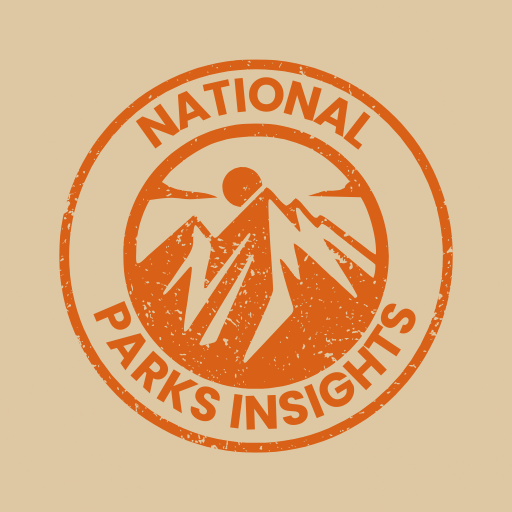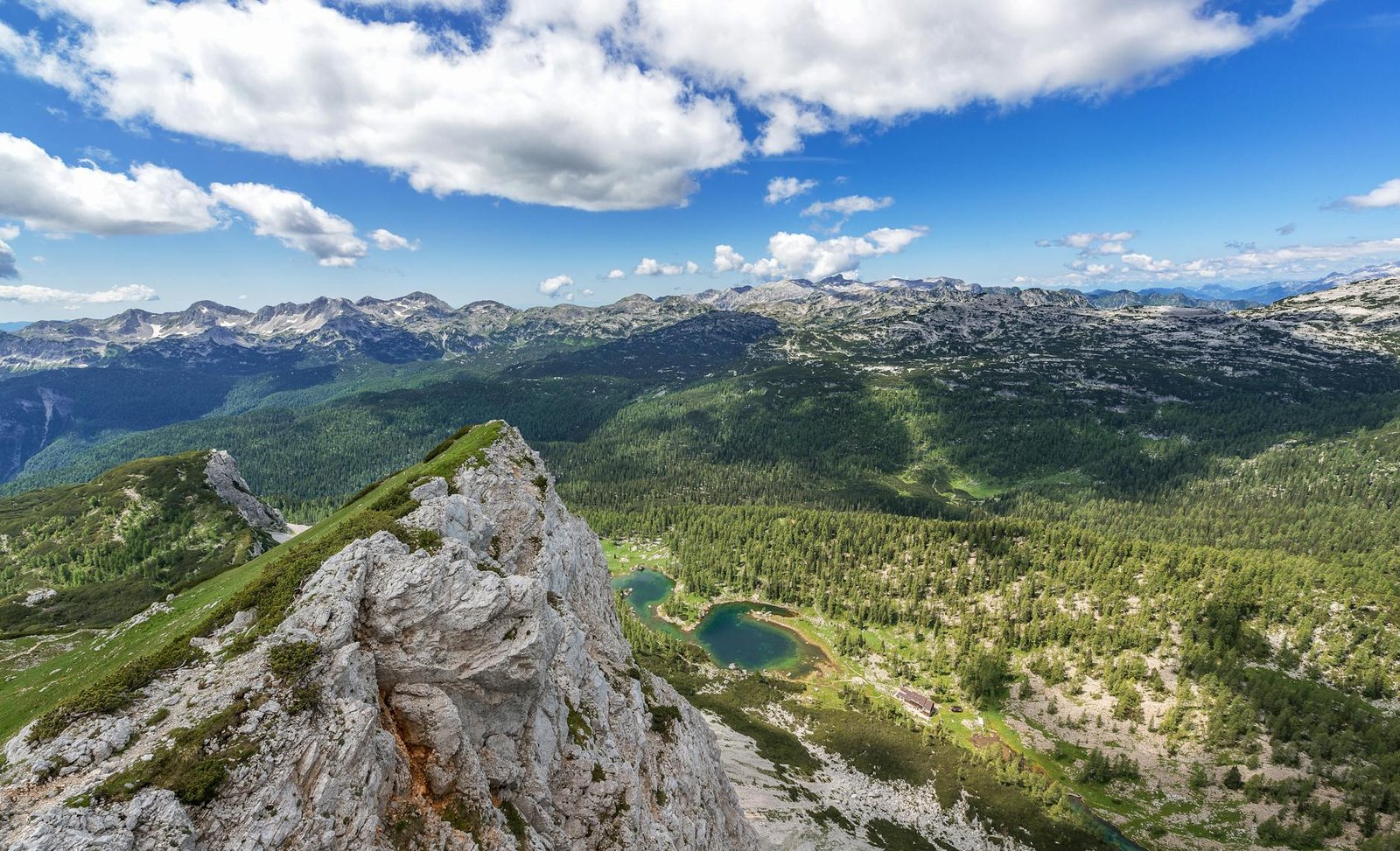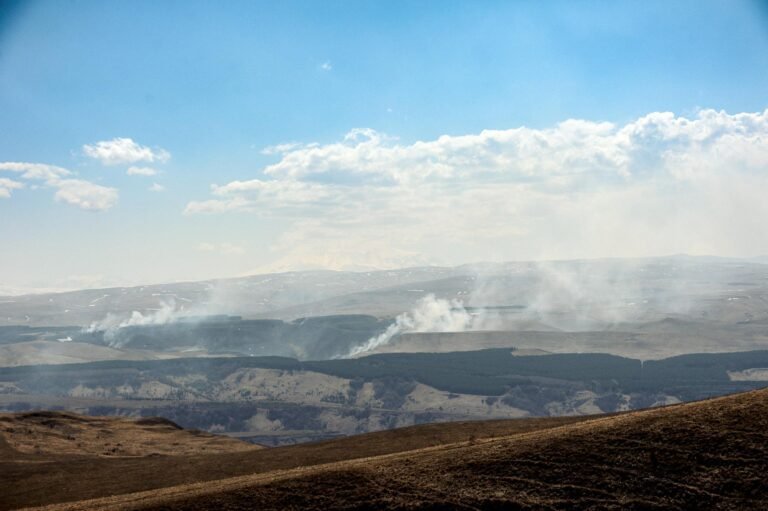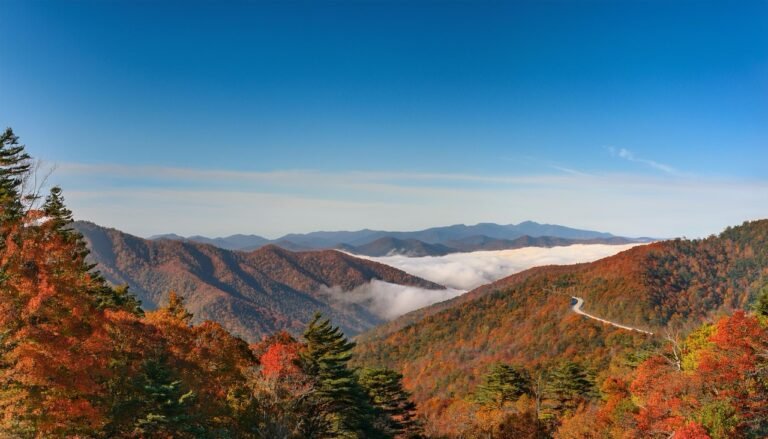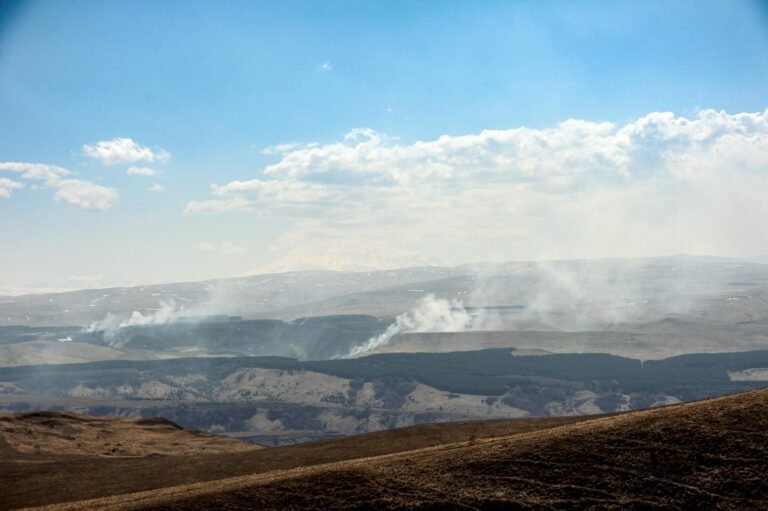Discover Great Smoky Mountains National Park
Jump right into Great Smoky Mountains National Park and uncover a mix of rich history and culture.
Historical Flashback
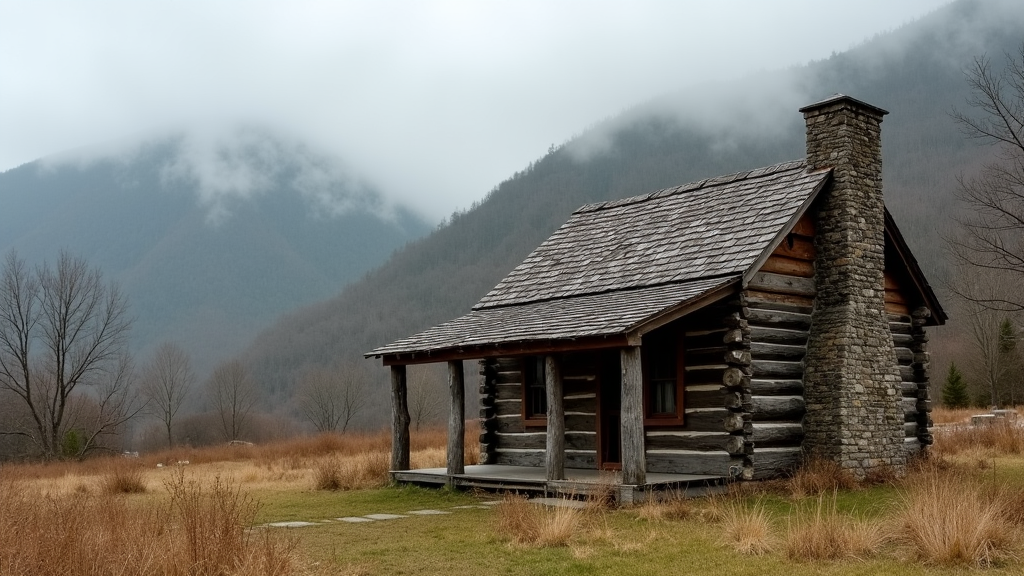
The roots of Great Smoky Mountains National Park go back thousands of years, with signs of human life from over 10,000 years ago. From ancient Paleo Indians to 1800s European settlers, the park’s got layers of stories (Junior Curators).
When the loggers rolled in during the early 1900s, they had a field day with the timber. This logging spree wrapped up as the park was formed. Then came the Civilian Conservation Corps, building roads, trails, and more to shape the park we enjoy today (National Park Service).
Cultural Tapestry
The park’s heritage is just as thick. The Cherokee, the area’s first known residents, named this place “Shaconage,” or “place of the blue smoke.” That mystical blue haze hanging above the peaks? Yep, that’s what inspired the name (Junior Curators).
As you wander through, you’ll spot glimpses of this rich past. Structures and artifacts from the Cherokee, pioneers, and even loggers are sprinkled throughout. Cades Cove is a treasure trove of Appalachian history with well-kept cabins, churches, and mills (cades cove smoky mountains).
Feeling the seasons transform the park can be magical. From the fiery fall colors to the peaceful winter snows, it’s a sight to behold (Great Smoky Mountains in the fall, Great Smoky Mountains in the winter).
Knowing a bit about the history and culture will make your visit all the more special. For more trip ideas, have a look at our Great Smoky Mountains vacation ideas.
Natural Wonders of the Park
Crazy Cool Ecosystems
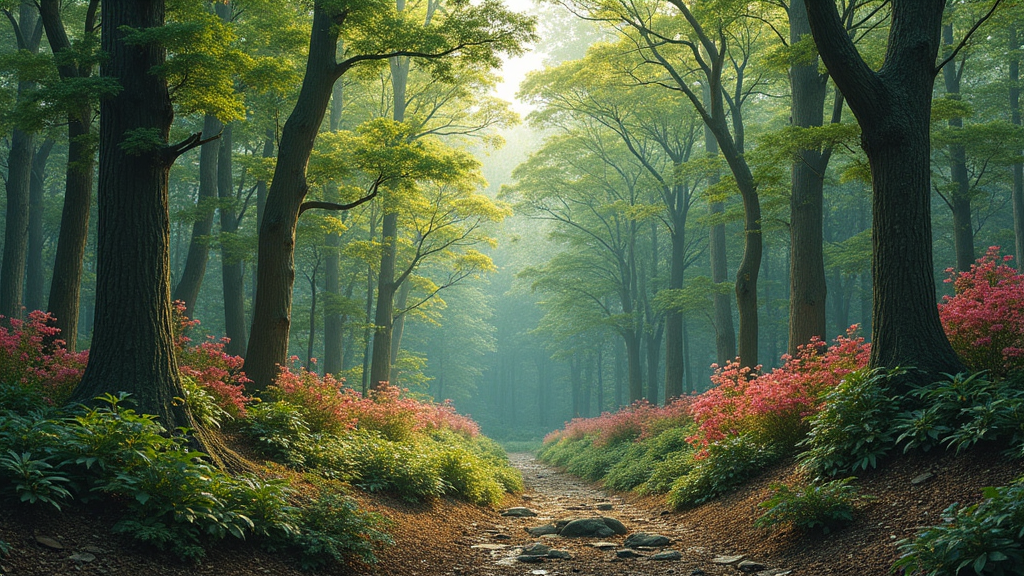
Great Smoky Mountains National Park is like nature’s greatest hits album. It’s got a mix of jungles, rivers, and towering peaks that make you want to put on your hiking boots and explore. Thanks to its wild geological backstory and different heights, the park crams in five types of forests. There’s a forest for every mood, supporting over 1,500 flowering plants and at least 4,000 non-flowering varieties.
| Ecosystem Type | What You’ll Find |
|---|---|
| Cove Hardwood Forest | It’s got everything from tulip poplars to eastern hemlock and rhododendron. |
| Spruce-Fir Forest | Up in the highest spots, with spruce and fir trees standing tall. |
| Northern Hardwood Forest | Think American beech and yellow birch. |
| Pine-Oak Forest | Pine and oak trees, just hanging out at lower heights. |
| Hemlock Forest | Lush hemlocks with ferns and wildflowers underneath. |
The park sees over 85 inches of rain each year, especially in the high places. This rains fuel a whopping 2,100 miles of streams and rivers, giving life to the park’s diverse plant and animal residents. For a closer look, take a stroll through the park’s waterways.
Wildlife Bingo
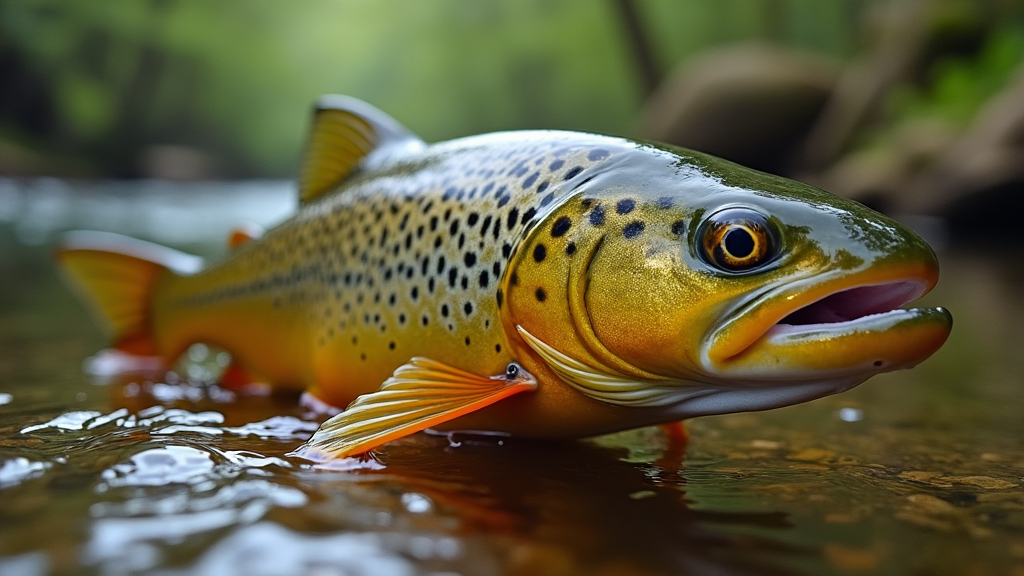
Spotting wildlife in Great Smoky Mountains National Park is like hitting the jackpot for nature lovers. The park’s critters range from black bears to tiny salamanders, and everything in between. Ready to start your safari? Check out our wildlife guide.
| Species | Hangout Spots |
|---|---|
| Black Bears | They roam all over, but Cades Cove and Roaring Fork are hot spots. |
| Elk | Look for them in the Cataloochee Valley. |
| White-Tailed Deer | They’re common in open meadows and along trails. |
| Yellow Warblers | These little guys like lower elevation woodlands and shrubby areas. |
| Wild Trout | Catch them in the streams and rivers. |
Pro Tips for Wildlife Spotting:
- Go early morning or late evening for the best chance to see animals.
- Bring binoculars to get a good look without getting too close.
- Keep quiet and give the animals space.
For the best experience, consider joining a guided tour or check out our visitor guide. Don’t miss hiking trails like Clingmans Dome for jaw-dropping views and possible wildlife sightings.
Adventures in the Park
Horseback Rides
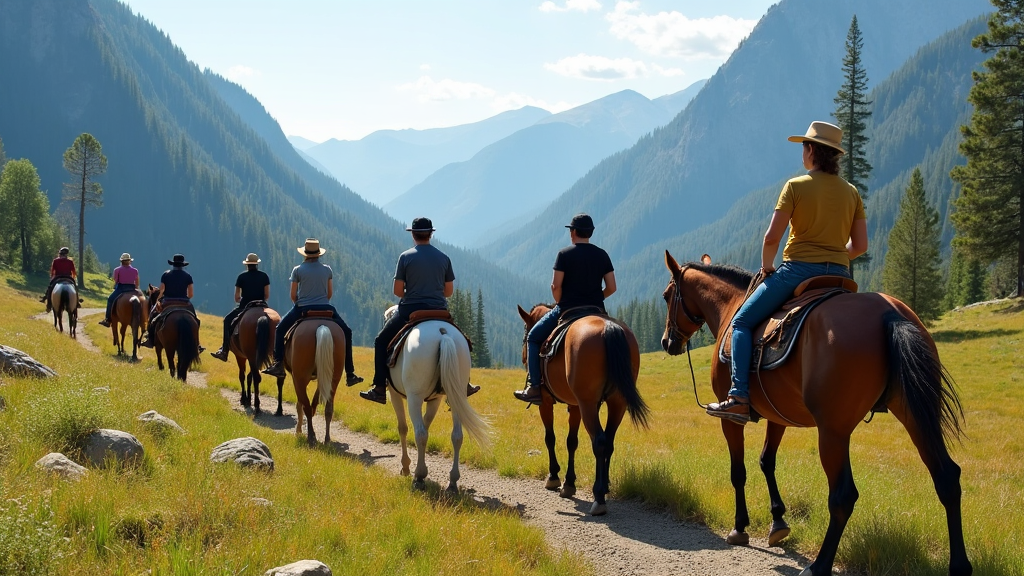
Imagine trotting through the Great Smoky Mountains National Park on a trusty steed. From mid-March to late November, enjoy guided horseback rides available at various park stables. This serene activity lets you soak in the stunning surroundings without breaking a sweat.
| Where to Ride | When to Ride | How Long | Cost |
|---|---|---|---|
| Cades Cove Stables | Mid-March to Late November | 1-2 hours | $30 – $50 |
| Smokemont Riding Stables | Mid-March to Late November | 2-4 hours | $50 – $80 |
| Sugarlands Stables | Mid-March to Late November | 1-2 hours | $30 – $50 |
For more details, check out our horseback riding guide.
Camping Choices
The Great Smoky Mountains are paradise for campers. Whether you prefer car camping with all the amenities or hiking deep into the woods, this park has you covered.
Frontcountry Campgrounds
If you like having conveniences like restrooms and picnic tables nearby, frontcountry camping is for you. Perfect for families and anyone who enjoys a touch of comfort while being close to nature.
| Campground | Location | Sites Available | Nightly Fee |
|---|---|---|---|
| Cades Cove Campground | Cades Cove | 159 | $25 |
| Elkmont Campground | Elkmont | 220 | $25 |
| Smokemont Campground | Smokemont | 142 | $25 |
Backcountry Camping
For seasoned campers who crave solitude and a deeper connection to the wild, backcountry camping is unbeatable. You’ll need a permit and some solid preparation before heading out.
| Campsite | Trail Distance | Permit Needed | Fee |
|---|---|---|---|
| Campsite 71 | 4 miles | Yes | Free |
| Campsite 68 | 5.5 miles | Yes | Free |
| Campsite 56 | 6 miles | Yes | Free |
Don’t forget to consult our visitor guide for camping rules and useful safety tips.
Plan to mix it up with activities like the Clingmans Dome trail or embark on a scenic road trip to really appreciate everything the park has to offer.
Ready to make some memories in the Great Smoky Mountains? Whether you’re riding a horse or sleeping under the stars, you’re in for an unforgettable adventure.
Awe-Inspiring Beauty of the Smokies
The Great Smoky Mountains National Park is famous for jaw-dropping scenery. Journey through these idyllic peaks and experience enchanting waterfalls and rushing streams.
The Majestic Peaks
Discover the towering peaks of the Smokies, part of the grand Appalachian chain. Some standout summits include:
- Clingmans Dome: At 6,643 feet, it’s the park’s highest point and the third tallest east of the Mississippi. Don’t skip the Clingmans Dome Trail.
- Mount Le Conte: A fan-favorite reaching 6,593 feet, attracting adventurers from all over.
| Peak Name | Elevation (feet) |
|---|---|
| Clingmans Dome | 6,643 |
| Mount Le Conte | 6,593 |
| Other Peaks | over 5,000 |
The views from these peaks are next-level, especially in the fall when the foliage is mind-blowing. Check out the great smoky mountains in the fall to see what we mean.
Cascading Waterfalls
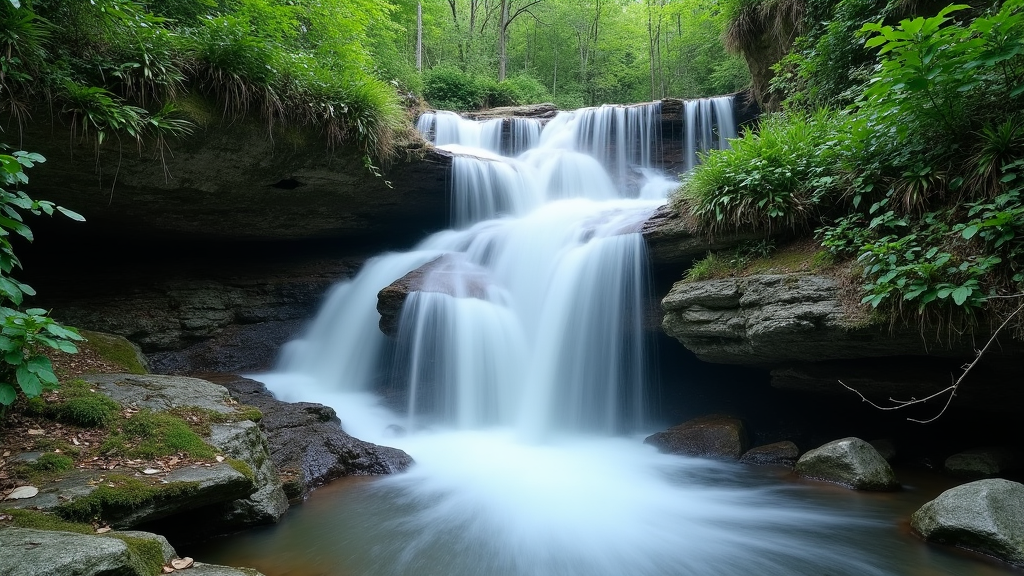
With over 85 inches of rain each year, the park has 2,100 miles of streams and rivers, creating amazing waterfalls. Must-see highlights:
- Laurel Falls: A 2.6-mile hike takes you to this stunning 80-foot cascade.
- Grotto Falls: The only Smoky Mountain waterfall you can walk behind.
- Abrams Falls: Found in Cades Cove Smoky Mountains along a rewarding 5-mile hike.
The park’s waterfalls draw over 200,000 visitors annually. They’re a big deal due to the area’s water flow and dramatic elevation change.
| Waterfall Name | Height (feet) |
|---|---|
| Laurel Falls | 80 |
| Grotto Falls | 25 |
| Abrams Falls | 20 |
Don’t forget to explore the park’s streams and rivers, ideal for great smoky mountains scenic drives or simply soaking up the sights with some great smoky mountains sightseeing.
Seize the magic of the Smoky Mountains by exploring its epic peaks and stunning waterfalls. Nature lovers, get ready to fall in love. For more tips and tricks, visit the smoky mountains visitor guide.
How Tourism Boosts Our Economy
The Great Smoky Mountains National Park isn’t just for nature enthusiasts—it’s also a major money-maker. Let’s break down how visitors keep the cash flowing locally and nationally.
Community Benefits: Dollars and Cents
Did you know that just by visiting the Smokies, you’re helping local businesses thrive? In 2022, tourists spent a massive $2.1 billion around the park area. This didn’t just go to admission tickets—it supported 32,590 jobs and pumped a total of $3.3 billion into the local economy. Think about it: your money helps everyone from the little gift shop owners to hotel staff.
Here’s a quick comparison to put things in perspective:
| Year | Visitor Spending | Jobs Supported | Local Economic Benefit |
|---|---|---|---|
| 2022 | $2.1 billion | 32,590 | $3.3 billion |
| 2020 | $1.02 billion | 14,707 | $1.38 billion |
Feeling good about that vacation yet? Your fun times actually help local businesses stay afloat and thrive.
National Impact: More Than a Vacation
The Great Smokies aren’t just boosting local economies—they’re part of a bigger picture. In 2022, visitors to all national parks spent $23.9 billion, a pretty huge number. This spending helped keep 378,400 jobs alive and added a whopping $50.3 billion to the national economy.
Check out these figures:
| Aspect | Value |
|---|---|
| Visitor Spending | $23.9 billion |
| Jobs Supported | 378,400 |
| National Economic Benefit | $50.3 billion |
Your trip does more than just give you a good time. It helps ensure parks and the surrounding areas stay vibrant and sustainable.
Your Travel Makes a Difference
Next time you explore the Smokies—whether you’re checking out Cades Cove, hiking up Clingmans Dome, or finding joy in waterfalls and streams—remember that every dollar counts. You’re not just having fun; you’re propping up local and national economies.
For even more ideas on making the most of your trip, take a glance at our guide on Great Smoky Mountains vacation ideas. Enjoy your adventure knowing you’re part of something bigger!
Saving Our Smokies 🍂
Clearing the Air
The Great Smoky Mountains National Park has been fighting smog for years. Lately, the tide is turning, and that means better views and fresher air for you. Remember how frustrating it is when your perfect mountain shot looks like it was taken through a frosted window? Say goodbye to that. Cleaner skies mean more breathtaking vistas and sharper photos for your gram.
The main culprits behind that haze? Power plants, cars, and factories. Reducing this muck isn’t just about pretty pictures; it’s essential for the park’s wildlife. By cleaning up the air, the park is not only becoming more visitor-friendly but also preserving the lush biodiversity that makes it so special.
You can read more about the stunning viewpoints in the park by hopping over to our Great Smoky Mountains overlooks section.
Forest Watch
Keeping the forests of the Great Smoky Mountains thriving involves a bit more than just letting trees do their thing. A huge effort goes into warding off pests that sneak in via firewood. Hence, the park enforces a rule: only heat-treated firewood certified by the USDA or state department of agriculture is allowed in the campgrounds (The Nature Conservancy).
Why so strict about firewood? Well, over 30 tree species are at risk from invasive pests hiding in untreated wood. So, by following this rule, you’re playing a superhero role in keeping the woods alive and kicking.
To make it super easy, you can grab safe, heat-treated firewood around the park. This not only protects the trees but also keeps the entire ecosystem running smoothly (The Nature Conservancy).
- Tree Species at Risk | Risk Level
- American Chestnut | High
- Eastern Hemlock | High
- Fraser Fir | Medium
- White Oak | High
Making a Difference
How can you pitch in? Follow the firewood rules and spread the word. Enjoy the park knowing you’re helping keep it gorgeous and healthy for everyone. Whether you’re exploring on a horseback ride or hiking to those scenic mountain peaks, your involvement makes a world of difference.
Happy trails! 🌲
Dive into Paradise: Discover Great Smoky Mountains National Park Waterfalls
